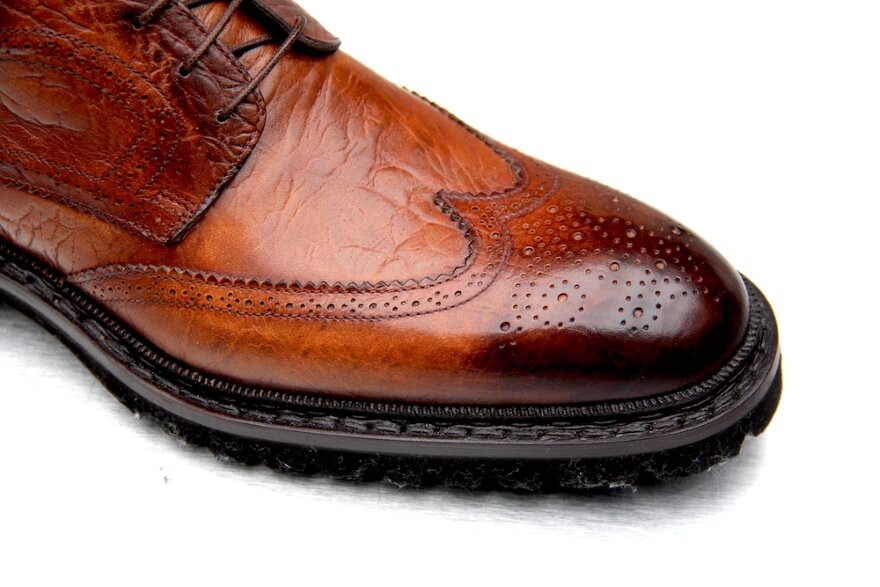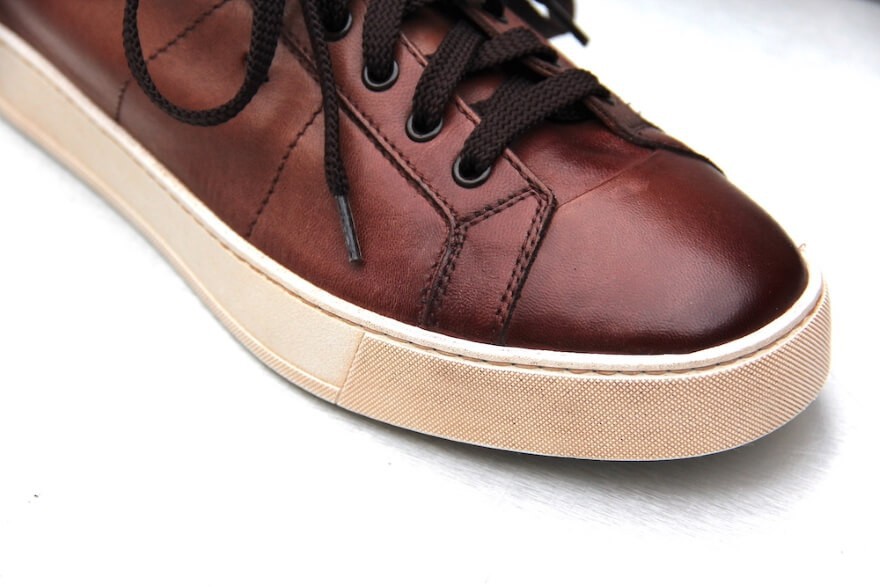
This design is mainly used for the production of sneakers (like Santoni sneakers) and other sporty shoes. The vulcanization of rubber, written by Charles Goodyear in 1880, became popular in the 1980s, during the years of the auto industry's growth, and then switched to shoe production. Under the influence of chemicals and high temperatures, rubber is melted so that it becomes more durable and has the opportunity to use it with other materials. Volcanized soles are inexpensive to manufacture because multiple soles can be vulcanized simultaneously during production. Such a sole can be both weightless and quite heavy. Sometimes a visible seam is placed on the sole along the top, which extends the lifetime.
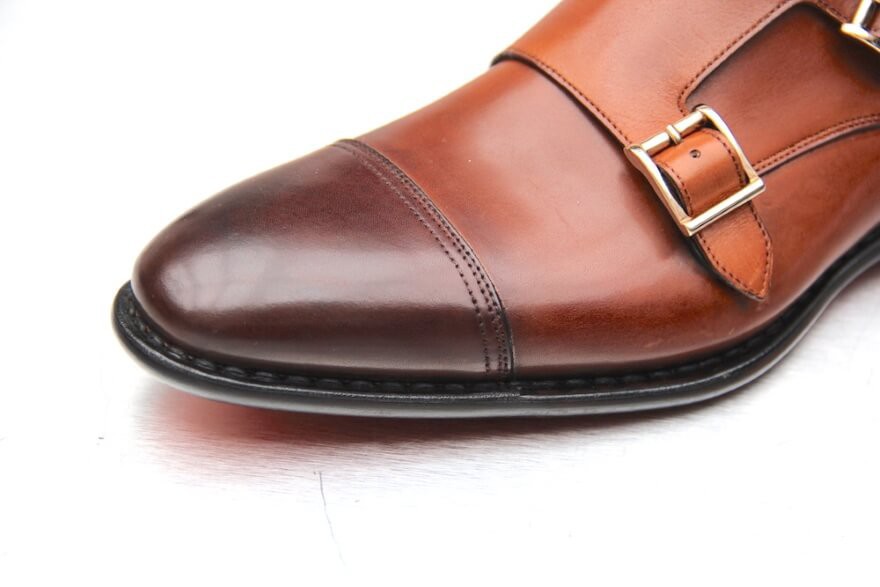
The Blake design is one of the first mechanized methods of shoe making. It was invented in 1856 by Lyman Reed Blake. This is a simple, fast and cheap way to make shoes with an technic that goes through the insole, the upper and the sole. This means that the shoemaker must use a machine, since such an operation cannot be done manually. This design is not very time consuming and shoes with a Blake sole are compact (because the edge of the sole hardly protrudes beyond the edge of the shoe), elegant and light. The Blake method is very popular in Italy, exactly because of its neat method and efficiency. Thinner Blake soles may be more susceptible to damage and not waterproof. Sometimes, therefore, such shoes cause some discomfort for some people when wearing.
The Blake Rapid method is a combination of Blake and Goodyear design tricks. In addition to the classic Blake seam, a midsole has been added to this design, which in turn is stitched to the sole via Sutton Rapid machines, hence the name of the seam is Rapid. This sole is easier to repair if damaged, it is slightly more waterproof, but also less flexible. Overall, this is a great hybrid method that offers good balance. The Blake Rapid outsole often has a textured outer notch that masks the seam.
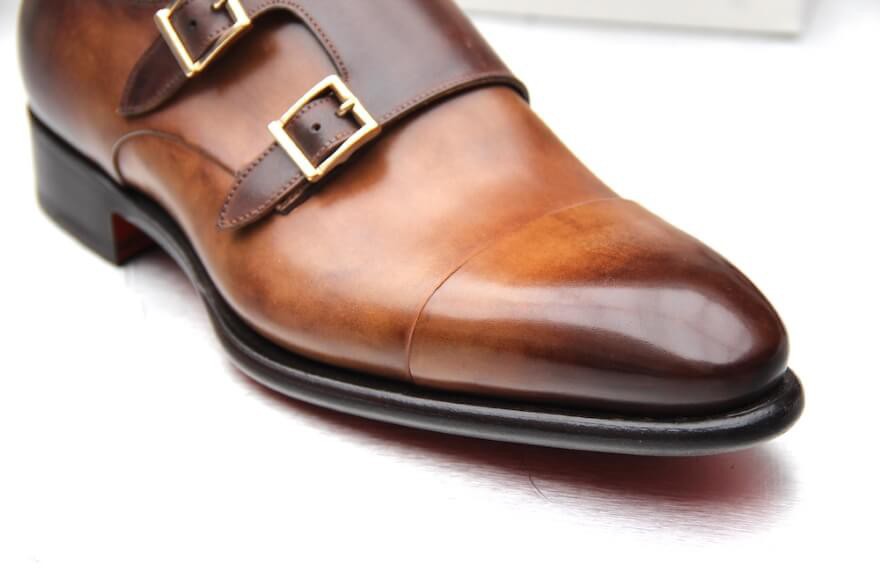
The most famous and iconic type of shoe construction. This is a complex, labor-intensive but very reliable way to make high-quality shoes. The inventor was August Destroyer in 1862, but later Charles Goodyear Jr. the patent on the invention. The main difference between this method and others is the machining under the insole with glue and a strip of leather (edge) around the circumference of the sole. The shoemaker fills the cavity between the insole and the midsole with a cork and the edge is sewn to the midsole and sole with a Rapid seam.
This two-level technique ensures a very durable construction and makes shoes water resistant. If such a sole is damaged, you can replace it and even attach it to one or two soles. The Goodyear design is usually more complex, heavier and less flexible than the Blake design. Blake Rapid and Goodyear shoes are sometimes difficult to distinguish, because both types have a Rapid seam along the outer edge of the sole. However, many shoemakers, such as Andrea Santoni, indicate the name Goodyear on the sole when constructed using this method.
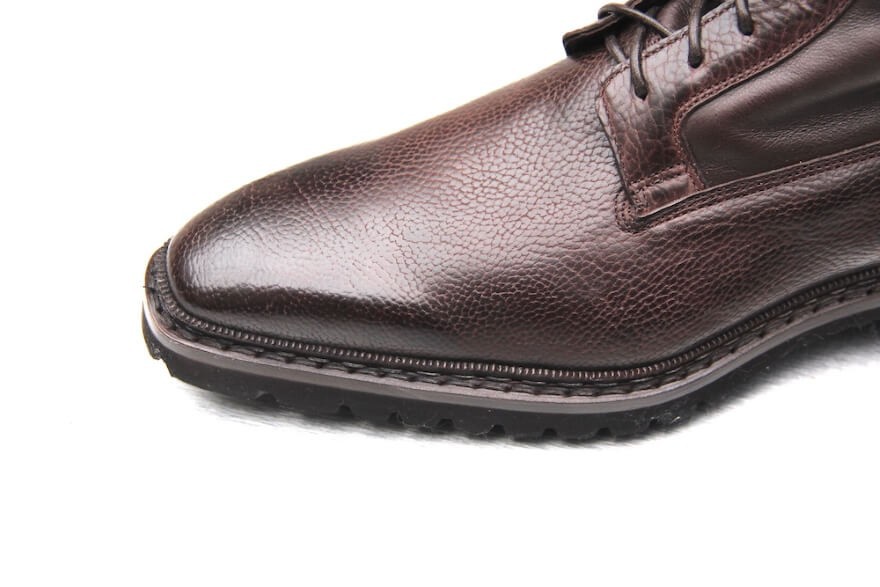
This is a very famous (but quite rare) type of sole construction that has many names. Norwegian, Goyser, Bentavenegna or Norvegese mean the same way of attaching soles, which surprisingly come from Italy. In the Norwegian design, the edge and rib under the insole are folded outwards instead of bending inwards, as in the Goodyear design. This ensures the most waterproof shoes and is ideal for, for example Santoni winter shoes and mid-season boots and thick sneakers. A special awl, hours of labor and up to 300 stitches are required to make a pair of shoes using this Norwegian Welt method. Therefore, production according to this technique is only trusted by talented and experienced professionals. In the Norwegian design there are at least two external lines. A classic Rapid seam that joins the brim, upper, sole and midsole and one that connects the brim and upper directly to the insole. The sole of such shoes is more voluminous, but water resistant. It will withstand the roughest landscapes for years.
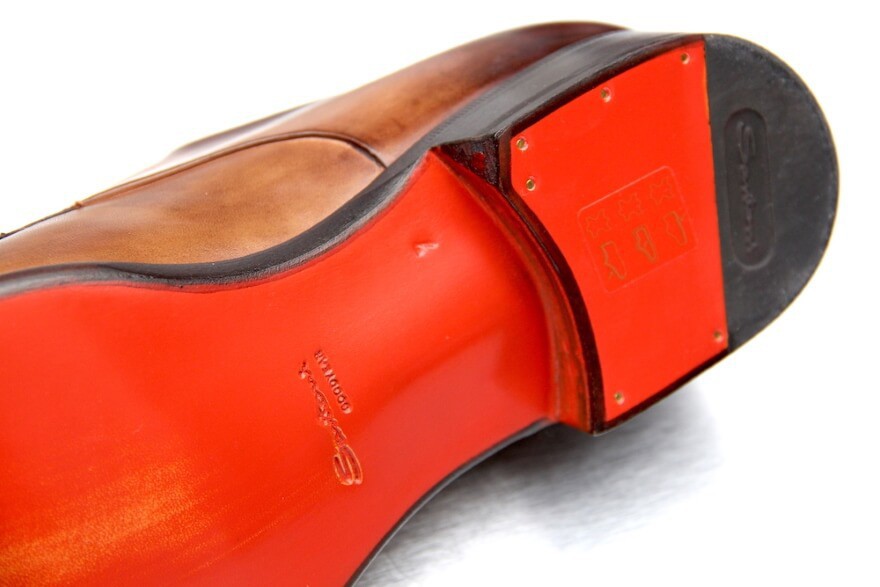
For more than 45 years, the shoe brand Santoni has been producing shoes with all kinds of sole designs described above. The professional way in which they make shoes is worth a mention itself. All Santoni's are handmade and a lot of attention is paid to the quality. Our Vousten Shoes collection has a huge selection of Santoni shoes with one of the above types of sole designs. Whether sneakers or vulcanized soles, classic shoes, like Santoni loafers, with Blake or Norwegian soles, or Santoni Limited Edition Goodyear shoes. Whatever you choose, you will be satisfied with the quality of Santoni and the service of Vousten Shoes.

